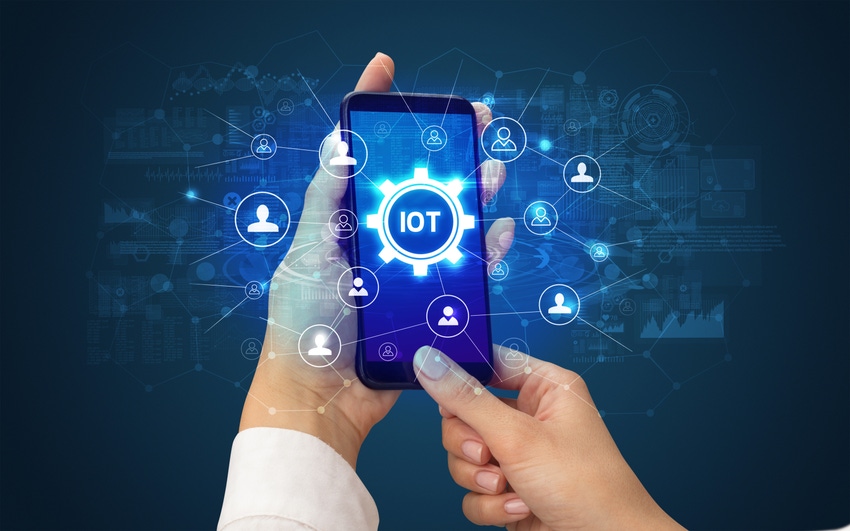Low-power wide area (LPWA) networking is expected to fuel a 97 percent rise in the value of the cellular IoT market.
February 15, 2022

Low-power wide area (LPWA) networking is expected to fuel a 97 percent rise in the value of the cellular IoT market.
This is according to a report published by Juniper Research, which predicts it will be worth more than $61 billion by 2026, compared to $31 billion in 2022. It expects NB-IoT and LTE-M to be the growth engines, with the low cost of connectivity and devices stimulating adoption in sectors like agriculture, smart cities and manufacturing. Migration from 2G and 3G networks is also expected to account for some of the growth in NB-IoT and LTE-M connections.
Of course, cellular is not the only option when it comes to IoT, and expectations vary on how many IoT connections will actually use cellular technology. Ericsson predicted in a Mobility Report back in November 2020 that by 2026, cellular will account for 5.9 billion of the expected 26.9 billion IoT connections. Transforma Insights’ most recent forecast reckons there will be 19.9 billion IoT connections by 2026, with 3.2 billion of those being cellular connections.
Meanwhile, it looks like operators banking on 5G to unleash lucrative new IoT revenue streams may have to wait a little longer.
According to Juniper Research, 5G will account for $9 billion of that $61 billion by 2026, compared to $800 million in 2021.
“This represents growth of 1,000 percent over the next five years as 5G coverage expands and operators benefit from the increased number of 5G IoT connections,” said Juniper Research, in a research note. “To capitalise on this growth, it [is] recommended [that] operators offer value-added services, such as network slicing and edge computing, to IoT users to maximise the value of 5G adoption.”
While that does indeed represent significant growth, it still means that by 2026, 5G will still only account for around 35 percent of the total value of the cellular IoT market.
This is interesting because LPWA technologies like NB-IoT and LTE-M are forwards-compatible with 5G, and are expected to underpin massive machine type communications (mMTC). It is not entirely clear from the press release what distinction Juniper Research makes between 5G-based IoT and the other technologies, so Telecoms.com asked for a clarification but had yet to receive one at time of publication.
In lieu of that, it is possible to make one or two inferences from the data. One is that LTE will remain the dominant air interface for cellular LPWA connectivity for the forecast period. It also suggests that premium 5G-based IoT services that use ultra-reliable low-latency communication (URLLC) – which are expected to command a higher price and therefore generate proportionally more revenue per connection – will still be in the early stages of deployment and uptake.
Whatever the explanation, the forecast implies that 5G is not about to make a meaningful contribution to operators’ IoT revenues any time soon.
About the Author(s)
You May Also Like








.png?width=300&auto=webp&quality=80&disable=upscale)


_1.jpg?width=300&auto=webp&quality=80&disable=upscale)


.png?width=800&auto=webp&quality=80&disable=upscale)